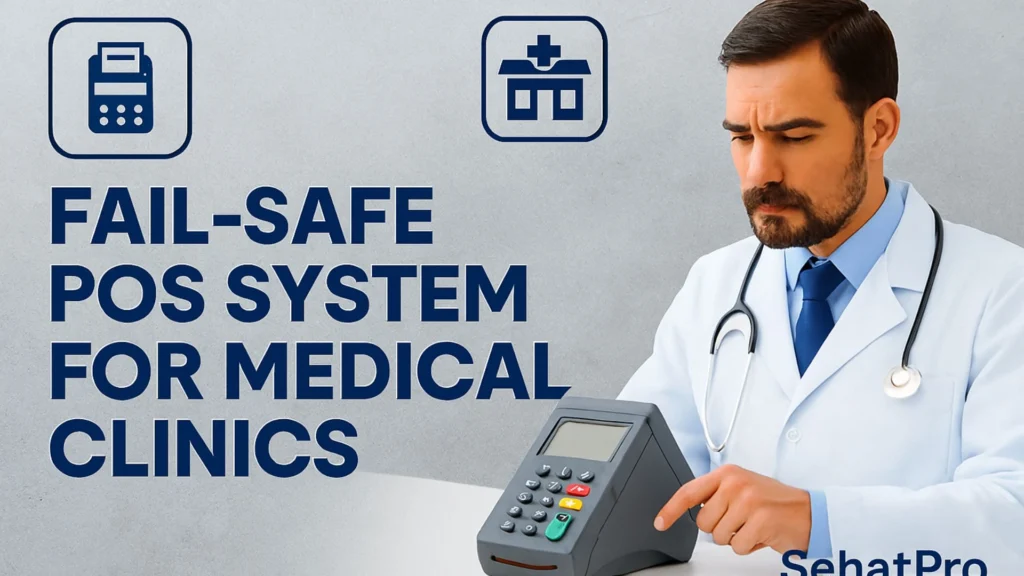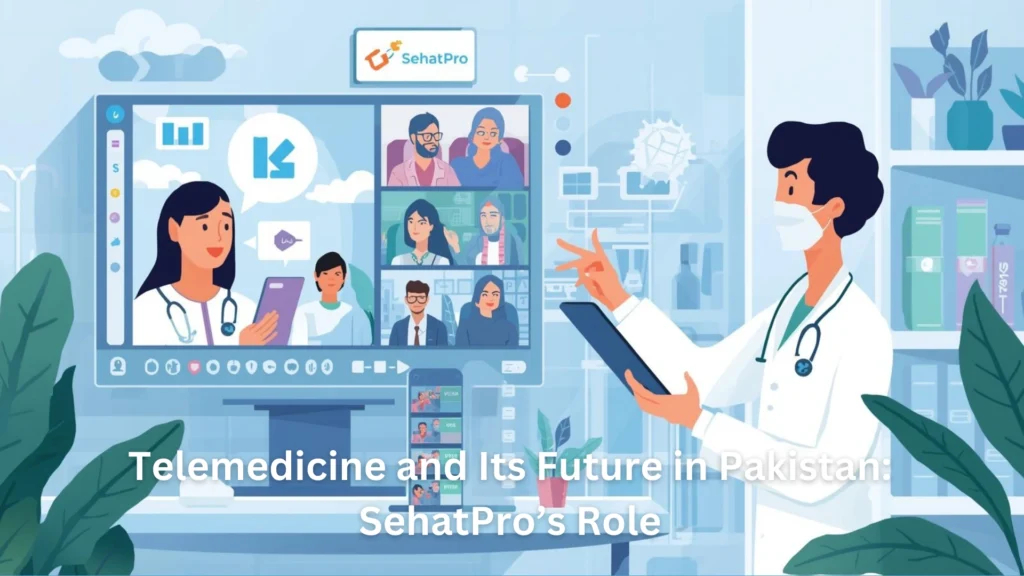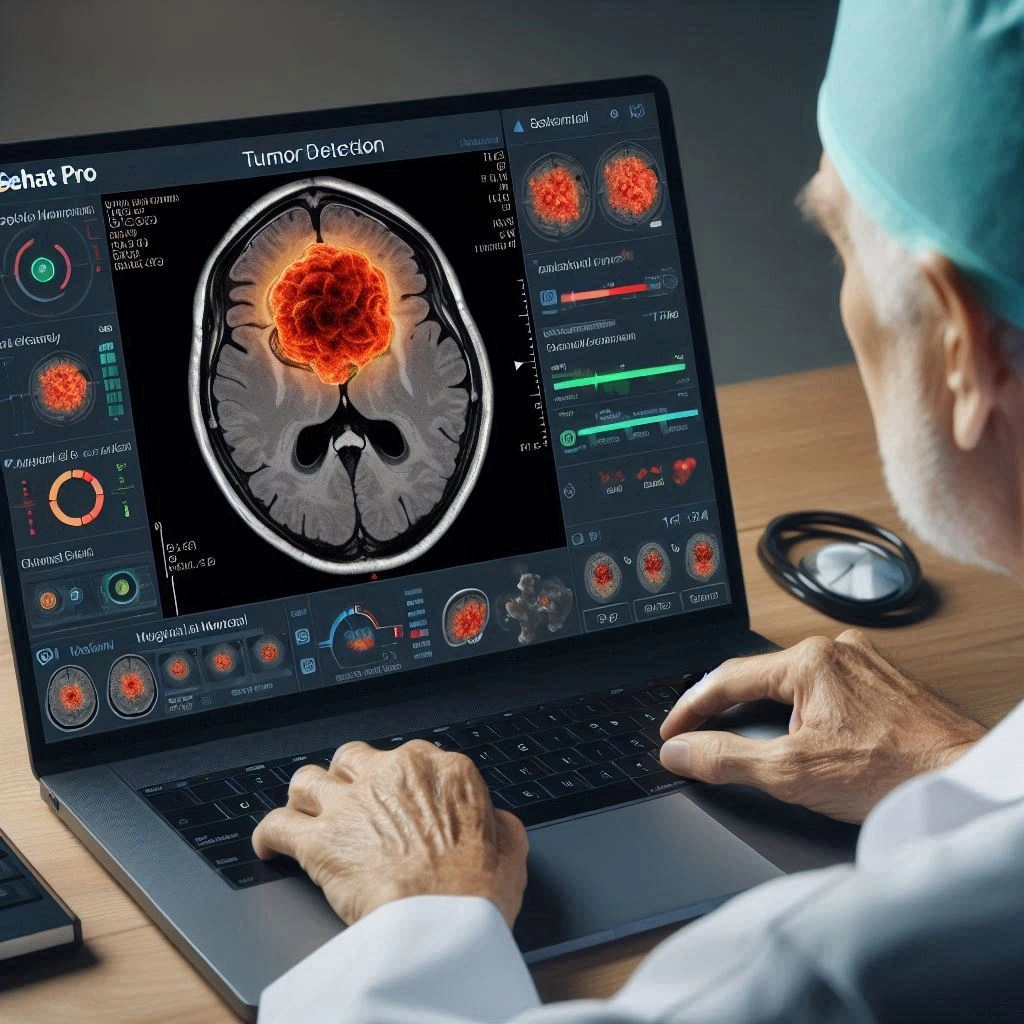How Can SaaS Transform Patient Engagement in Healthcare?
The healthcare industry has seen tremendous changes in recent years, and one of the most significant transformations is the shift towards digital solutions. Patient engagement is a key area where technology is making a profound impact. With the rise of SaaS for healthcare, clinics and hospitals now have the ability to provide more personalized, efficient, and accessible care to their patients. But how exactly is SaaS changing patient engagement, and why is it becoming an essential tool for healthcare management?
In this blog, we’ll explore the growing role of SaaS (Software as a Service) in healthcare management, particularly in patient engagement, and why it’s rapidly becoming a game-changer for healthcare providers and patients alike.
What is SaaS for Healthcare, and How Does It Work?
SaaS for healthcare refers to cloud-based software solutions designed to address various aspects of healthcare management. These solutions are delivered through the internet rather than traditional on-premise software installations, allowing healthcare providers to access powerful tools without the need for complex infrastructure.
SaaS for healthcare covers a wide range of functions, including electronic health records (EHR), patient scheduling, billing, telemedicine, data analytics, and patient engagement. These tools are designed to improve both the operational efficiency of healthcare providers and the overall patient experience. With SaaS solutions, healthcare providers can streamline processes, reduce costs, and offer more efficient and effective care.
For patients, SaaS solutions provide easy access to medical records, appointment scheduling, prescription refills, and communication with healthcare professionals. This increases patient engagement by making healthcare more accessible, transparent, and personalized.
Why Is Patient Engagement So Crucial in Healthcare?
What role does patient engagement play in improving healthcare outcomes?
Patient engagement is more than just keeping patients informed. It’s about empowering them to take an active role in their own health and treatment. Engaged patients are more likely to follow treatment plans, attend appointments, make informed decisions, and actively collaborate with their healthcare providers. This, in turn, leads to better health outcomes, increased patient satisfaction, and improved overall care.
The importance of patient engagement has become especially clear in recent years. With the rise of chronic diseases, complex treatment regimens, and an aging population, it’s essential that patients are not passive recipients of care but active participants. Engagement leads to:
- Better Health Outcomes: Active involvement in treatment plans ensures patients stick to prescribed therapies, improving long-term health.
- Increased Patient Satisfaction: Engaged patients feel heard and valued, improving their overall experience with healthcare providers.
- Reduced Healthcare Costs: When patients are engaged, they are more likely to follow preventive care measures, reducing the need for emergency interventions and hospital readmissions.
How Does SaaS for Healthcare Facilitate Better Patient Engagement?
What specific features of SaaS for healthcare make it effective in engaging patients?
SaaS solutions are uniquely suited to enhancing patient engagement by providing both healthcare providers and patients with the tools they need to interact more effectively. Here’s how:
1. Enhanced Communication Channels
Effective communication is at the heart of patient engagement. How can SaaS improve communication between healthcare providers and patients?
SaaS platforms offer a variety of communication tools that allow for real-time, secure messaging between patients and their healthcare providers. Patients can ask questions, seek advice, or discuss symptoms with their doctors outside of office visits.
SaaS solutions often feature:
- Secure messaging platforms that allow for easy and private communication between patients and providers.
- Automated reminders and notifications for appointment schedules, medication refills, or preventive care checkups, ensuring that patients stay on track with their health goals.
- Telehealth features, allowing for virtual consultations, which is especially valuable in rural or underserved areas where access to in-person care may be limited.
By offering these features, SaaS solutions make it easier for patients to communicate with their providers, ask questions, and receive support without the need for physical appointments.
2. Personalized Health Dashboards
How can personalized dashboards help keep patients engaged?
SaaS for healthcare can provide patients with personalized health dashboards that display real-time data on their health status, treatment progress, and upcoming appointments. This transparency empowers patients to make informed decisions about their care and take a more active role in managing their health.
Some key features of personalized dashboards include:
- Tracking of health metrics: Patients can monitor important health indicators like weight, blood pressure, and glucose levels.
- Progress tracking: Patients can view their treatment progress, which encourages adherence to prescribed therapies.
- Educational content: Providers can share personalized educational materials tailored to the patient’s health conditions and treatment needs, further increasing engagement.
With personalized dashboards, patients have a clear, accessible way to track their health, understand their conditions, and stay motivated to engage with their healthcare.
3. Improved Access to Medical Records
Why does easy access to medical records matter in patient engagement?
One of the key features of SaaS for healthcare is the ability to give patients easy access to their medical records, eliminating the need for them to contact their healthcare providers to request information. This improved access to records allows patients to take charge of their healthcare.
SaaS platforms enable:
- Online access to health records, including test results, medication lists, and treatment histories.
- Real-time updates on changes to a patient’s treatment plan or medical status, keeping patients informed and involved in their care.
- Self-service capabilities, allowing patients to request appointments, prescription refills, and even get medical advice without having to wait for office hours.
This easy access empowers patients to monitor their health and engage in informed discussions with their healthcare providers.
4. Appointment Scheduling and Reminders
How do appointment scheduling and reminders improve patient engagement?
SaaS for healthcare typically includes intuitive appointment scheduling tools, allowing patients to book, reschedule, or cancel appointments at their convenience. By offering patients the ability to manage their own schedules, SaaS tools reduce the administrative burden on healthcare staff and ensure that patients are more likely to attend their appointments.
SaaS platforms also include automated reminders for appointments, follow-up visits, and medication refills. These reminders improve appointment adherence, ensure timely interventions, and help keep patients on track with their healthcare goals.
5. Patient Feedback Systems
How does patient feedback contribute to better engagement?
In a patient-centered care model, feedback is essential for improving care quality and patient satisfaction. SaaS platforms allow patients to easily submit feedback on their healthcare experiences, whether it’s related to a specific appointment, treatment, or overall service.
By incorporating patient feedback, healthcare providers can:
- Identify areas for improvement in patient care and operational efficiency.
- Respond to patient concerns quickly, which helps build trust and loyalty.
- Engage patients by making them feel heard and valued, which encourages them to actively participate in their care.
What Are the Benefits of SaaS for Healthcare in Patient Engagement?
How does SaaS for healthcare drive better patient outcomes and clinic efficiency?
SaaS solutions have numerous benefits when it comes to patient engagement, which in turn enhances the quality of care and operational efficiency for healthcare providers:
1. Improved Patient Outcomes
By making it easier for patients to engage with their care, track their health progress, and communicate with their healthcare providers, SaaS platforms encourage better adherence to treatment plans and preventive care measures. This ultimately leads to improved health outcomes and fewer emergency visits.
2. Increased Patient Satisfaction
Patients appreciate the convenience of digital tools that allow them to access their health records, schedule appointments, and communicate with their healthcare providers without waiting in long lines or enduring long waits for phone calls. Increased satisfaction leads to better patient retention and a stronger patient-provider relationship.
3. Operational Efficiency
SaaS tools help streamline clinic operations, reduce administrative burdens, and improve communication between staff members. With fewer manual tasks and a more organized workflow, clinics can provide faster and more efficient care to their patients.
4. Data-Driven Insights
SaaS platforms offer valuable analytics and insights into patient behavior, appointment adherence, and health trends. These insights allow healthcare providers to make data-driven decisions about patient care, improve treatment protocols, and adjust resources accordingly.
Conclusion: SaaS for Healthcare is the Future of Patient Engagement
SaaS solutions are revolutionizing the way healthcare providers interact with patients. By offering more personalized, accessible, and efficient tools for managing healthcare, SaaS for healthcare is improving patient engagement, streamlining operations, and enhancing patient outcomes.
For healthcare providers, adopting SaaS for healthcare management offers a clear advantage—providing the ability to connect with patients in more meaningful ways, enhancing care coordination, and ensuring that patients remain active participants in their healthcare journey.
As the healthcare industry continues to evolve, the role of SaaS in fostering patient engagement will only grow. Whether it’s providing real-time access to health data, improving communication, or streamlining appointment scheduling, SaaS is shaping the future of patient-centered care.
FAQs
1. What is SaaS for healthcare?
SaaS for healthcare refers to cloud-based software solutions designed to improve healthcare management, including patient engagement, EHR systems, appointment scheduling, billing, and telemedicine.
2. How does SaaS improve patient engagement?
SaaS improves patient engagement by providing tools for better communication, personalized health dashboards, easy access to medical records, appointment scheduling, reminders, and feedback systems.
3. What are the key benefits of using SaaS for patient engagement?
The key benefits include improved patient outcomes, increased patient satisfaction, operational efficiency, and the ability to make data-driven decisions.
4. How does SaaS improve communication between healthcare providers and patients?
SaaS platforms offer secure messaging, telemedicine consultations, appointment reminders, and real-time updates, ensuring seamless communication and reducing barriers to patient care.
5. Can SaaS for healthcare help clinics reduce administrative work?
Yes, by automating tasks such as appointment scheduling, billing, and patient reminders, SaaS for healthcare helps clinics reduce administrative burdens and improve efficiency.



